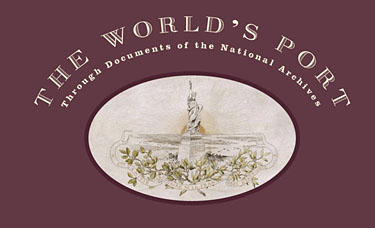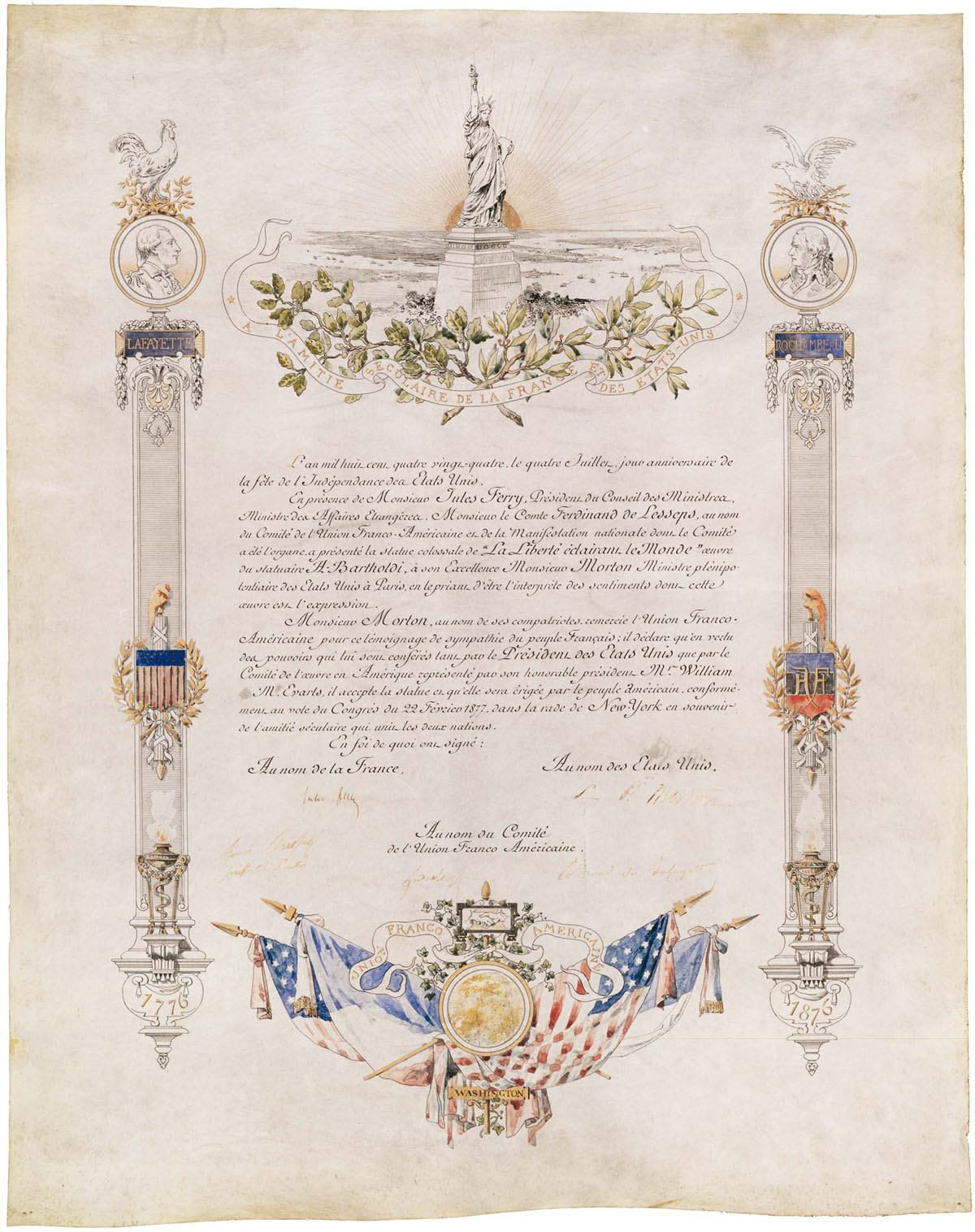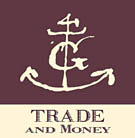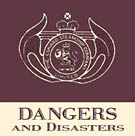
World's Port: Through Documents of the National Archives

The Port of New York is truly the World's Port. From a single wharf built on the East River in 1648, the Port of New York grew rapidly to become the busiest in the world. Ideally located, the Port of New York became the gateway between the United States and the rest of the world as it flourished with the influx of trade and people. The Federal government played a major role in managing this growth by overseeing port activities such as collecting duties on goods and processing newly arrived immigrants as well as enforcing maritime law and responding to disasters at sea.
And these stories can be told through the documents of the National Archives.
The World's Port exhibit reflects primary source documents can tell important stories of our past, that the National Archives has these documents, and that they are available for everyone to learn from and discover.
The World's Port exhibit ran from September 21, 2012 through November 25, 2012 at the Alexander Hamilton U.S. Custom House at One Bowling Green, New York, NY.




